Name this adaptation:
Nombra esta adaptación:

Hibernation
Hibernación
Name this biome!
¡Nombra este bioma!
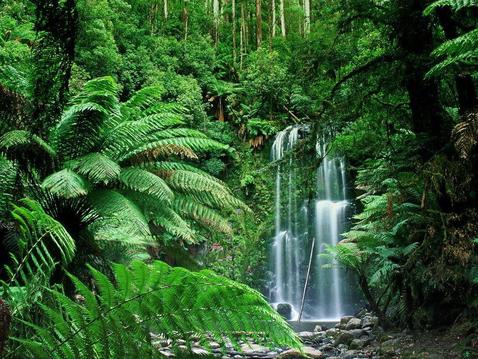
Tropical Rainforest
Bosque tropical
Picture round! Name what biome or adaptation you see
¡Imagen redonda! Nombra qué bioma o adaptación ves


Countershading
contrasombreado
What is Climate?
¿Qué es el clima?
Rainfall and Temperature
Precipitación y temperatura
What is biodiversity?
¿Qué es la biodiversidad?
La variedad de vida en el mundo o en un hábitat o ecosistema particular
What type of adaptation is this?
Physical, Behavioral, Learned

Physical Adaptations: Think of the structure! Spikes to protect themselves from predators
Adaptaciones físicas: ¡Piensa en la estructura! Picos para protegerse de los depredadores
Describe this biome: Cold winters, cool summers, little rainfall, conifer trees
Describa este bioma: inviernos fríos, veranos frescos, poca lluvia, árboles de coníferas
Taiga/ Coniferous Forest/ Boreal Forest
Taiga/ Bosque de Coníferas/ Bosque Boreal
Picture round! Name what biome or adaptation you see
¡Imagen redonda! Nombra qué bioma o adaptación ves
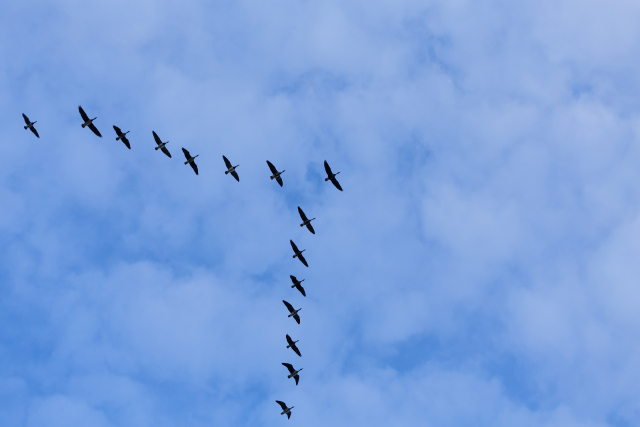
Behavioral/ Migration adaptation
What biome is that?
¿Qué bioma es ese?
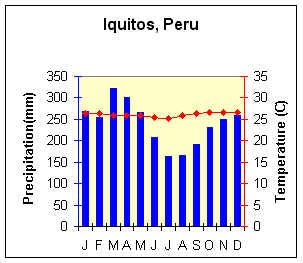
Tropical Rainforest
Bosque tropical
Describe the species: Invasive, Keystone, Endangered
A Kudzu plant from Japan was introduced to Georgia as decoration. Because the kudzu plant had no predators, the population continued to increase. Now trees and other plants do not have as many resources and space because of the kudzu plant.
Describa la especie: invasora, trapezoidal, en peligro de extinción
Una planta de Kudzu de Japón se introdujo en Georgia como decoración. Debido a que la planta de kudzu no tenía depredadores, la población siguió aumentando. Ahora los árboles y otras plantas no tienen tantos recursos y espacio debido a la planta kudzu.
Invasive Species
Especies invasivas
What type of adaptations would you see from a polar bear in the tundra? List 3 things
¿Qué tipo de adaptaciones verías en un oso polar en la tundra? enumera 3 cosas
Camouflage
Physical- thick fur, sharp claws
----------------------------------------------------
Camuflaje
Físico: pelaje grueso, garras afiladas.
Identify this biome using this climograph
Identifique este bioma usando este climografo
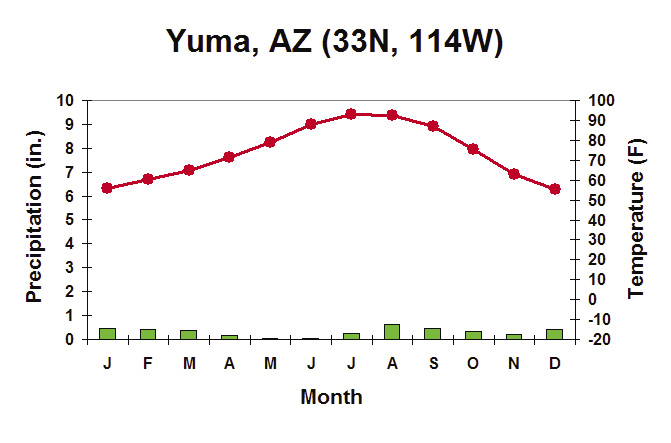
Desert
desierto
Picture round! Name what biome or adaptation you see
¡Imagen redonda! Nombra qué bioma o adaptación ves
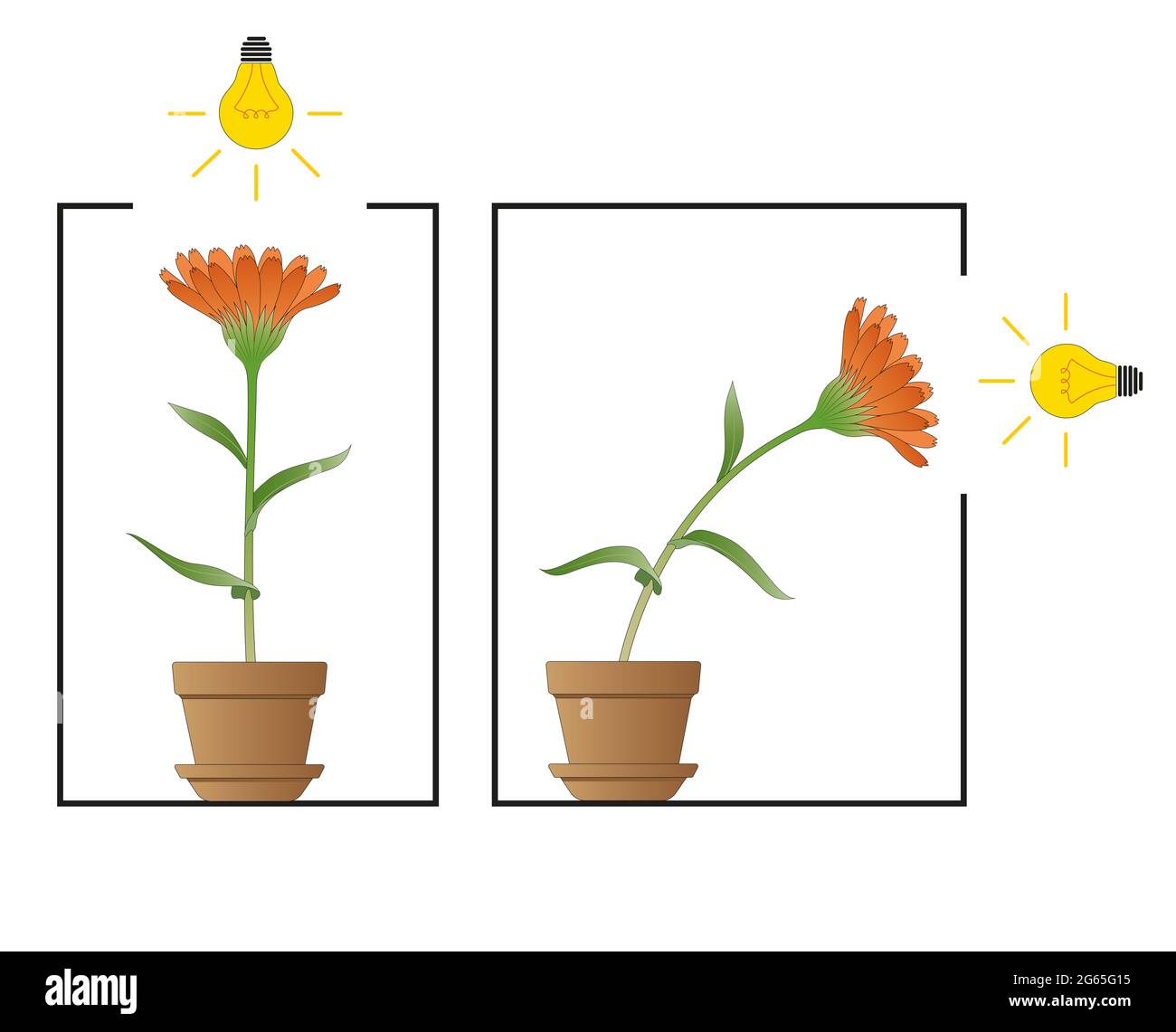
Phototropism
Fototropismo
A climograph shows.......
Un climografo muestra.......
A graph that indicates average temperature and precipitation for an area
Un gráfico que indica la temperatura y la precipitación promedio para un área.
What are some ways that biodiversity can decrease? Give 3 examples
¿Qué le sucede al mundo si perdemos biodiversidad? da 3 ejemplos
Deforestation
Over fishing
Over hunting
Invasive Species
Pollution
Habitat loss
Climate change
-------------------------------------------------------
Deforestación
sobre la pesca
sobre la caza
Especies invasivas
Polución
Pérdida de hábitat
Cambio climático
What's the difference between these two pictures?
¿Cuál es la diferencia entre estas dos imágenes?
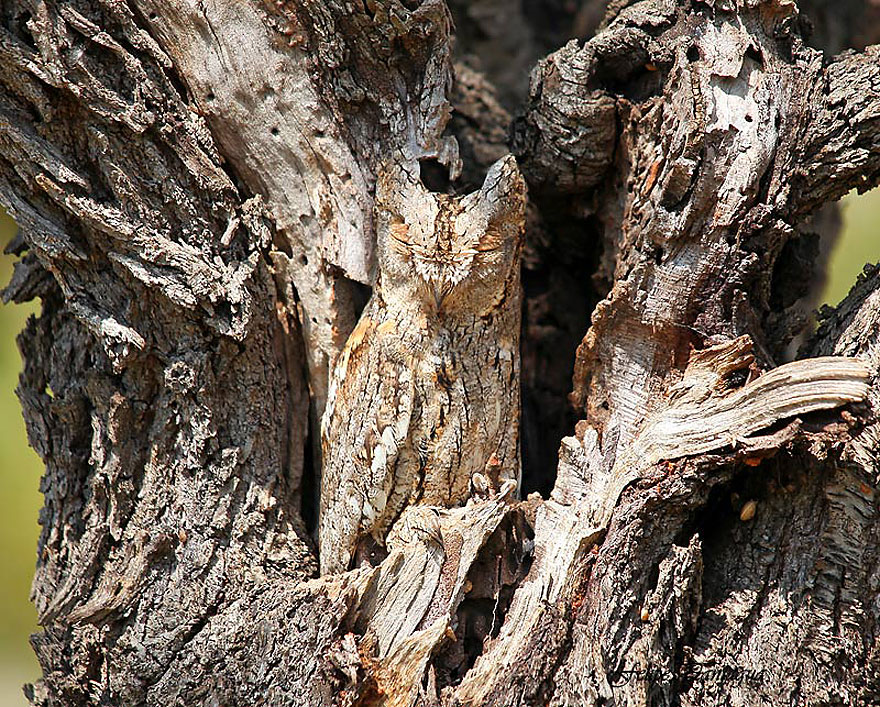

Picture on the left: The owl is blending into the background. Camouflage!
Imagen de la izquierda: el búho se está confundiendo con el fondo. ¡Camuflaje!
Picture on the right: The caterpillar looks like a snake Mimicry!
Imagen de la derecha: La oruga parece una serpiente ¡Mímica!
What biome is this?
Seasonal changes, Squirrels, red robins, sunflowers, trees losing their leaves
¿Qué bioma es este?
Cambios estacionales, ardillas, petirrojos, girasoles, árboles que pierden sus hojas
Temperate Deciduous Forest
Picture round! Name what biome or adaptation you see
¡Imagen redonda! Nombra qué bioma o adaptación ves

Temperate Grassland (steppes/prairies)
What biome is that?
¿Qué bioma es ese?
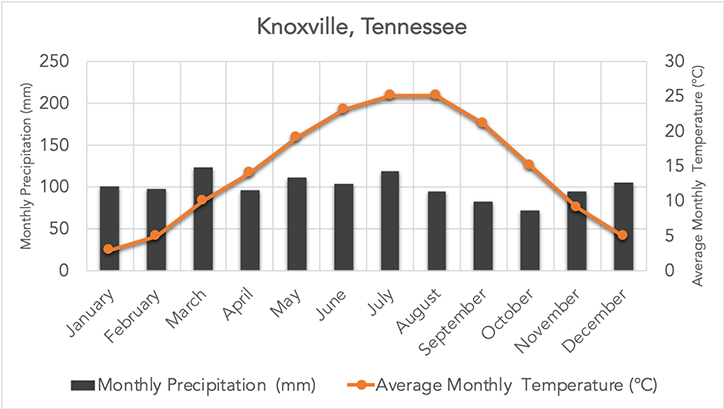
Temperate Deciduous Forest
Bosque templado caducifolio
What is an endgaered species? How do they become endagered?
¿Qué es una especie en peligro de extinción?
¿Cómo se ponen en peligro?
A species that is at risk of going extinct. This can be caused by human action, pollution, climate change, and over exploitation
Una especie en peligro de extinción. Esto puede ser causado por la acción humana, la contaminación, el cambio climático y la sobreexplotación.
What is the difference between learned adaptations and behavioral adaptations?
¿Cuál es la diferencia entre las adaptaciones aprendidas y las adaptaciones conductuales?
Learned adaptations: learning to do something from experience and/or observations THINK SCHOOL
" I watch my momma"
Behavioral adaptations: inherited actions and behaviors THINK INSTINCT
"I get it from my momma"
----------------------------------------------------------
Adaptaciones aprendidas: aprender a hacer algo a partir de la experiencia y/o las observaciones PIENSE EN LA ESCUELA
"Veo a mi mamá"
Adaptaciones conductuales: acciones y comportamientos heredados PENSAR INSTINTO
"Lo obtuve de mi mamá"
Identify this biome using this climograph
Identifique este bioma usando este climografo

Savanna Grassland
Pastizales de sabana
Picture round! Name what biome or adaptation you see
¡Imagen redonda! Nombra qué bioma o adaptación ves
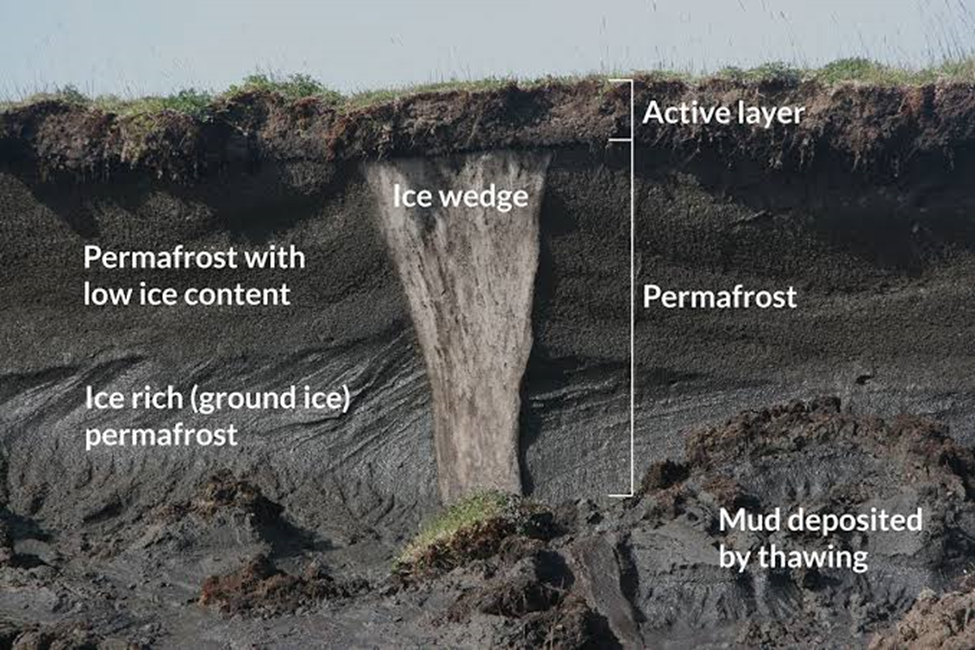
Tundra
Name the biome
1. Extreme temperatures, adaptations of fauna nd flora include scaly skin, thorns, tan skin, and found close to the equator
-----------
Nombra el bioma
Temperaturas extremas, Las adaptaciones de la fauna y la flora incluyen piel escamosa, espinas y piel bronceada. Encontrado cerca del ecuador
Desert!
desierto!
Look at this food chain. Where is the keystone species?
Mira esta cadena alimenticia. ¿Dónde está la especie clave?

Quaternary Consumer Shark: By preying on the sickest, weakest, and slowest animals, they control the spread of disease and keep prey populations in check
Tiburón consumidor cuaternario: Al aprovecharse de los animales más enfermos, débiles y lentos, controlan la propagación de enfermedades y mantienen a raya a las poblaciones de presas.